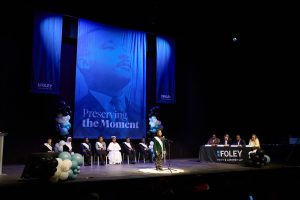One of the features someone might notice when first meeting Brenda Brooks are her curls— bouncy and exuberant. Not unlike her curls, Brooks exudes exuberance at work and in life, fueled by the joyful conviction that what she does as a cafeteria supervisor at Nancy Moseley Elementary School is purposeful, making her one of the School Lunch Heroes celebrated on May 2.
She often wears the school’s green and white and a matching green headband. A computer speaker on her desk thumps out gospel music and the occasional R&B, a tradition Brooks has established to keep her team motivated. In the back of the office, on one of the walls, is a collage depicting memories of Brooks’ 27-year tenure with Dallas ISD—family gatherings, Christmas celebrations, portraits, and, in a prominent position, Michelle Obama’s visit to Dallas in 2012 during “Schools and Chefs Working Together.” Obama honored Moseley Elementary School for providing healthier food to students.
Brooks remembers fondly the day she received a call from the former first lady’s secretary: “I told her this was a school district and not to call playing on the phone.”
Brooks hung up, but Obama’s secretary rang back and assured her it was no prank call.
“Michelle Obama wanted to come and visit our school, because we were doing great things,” Brooks said. It was a sign. Just the year before, Brooks had been considering an offer at another school but decided against it feeling she might miss out on something.
“Lo and behold, a year later, Michelle Obama came to our school,” she said.
This is just one of the many moments that define Brooks’ life. It may seem her work in the kitchen keeps her out of sight, but that is just optics. Teachers and students alike go to her for a quick chat and even to ask for counsel. Her connection to the school has gotten even stronger now that her 3-year-old granddaughter attends Moseley.
“I love the children, and I’ve gotten to know them so well,” she said. “My teachers are always coming down here.”
A Louisiana native, Brooks did not see herself working for a school district. She began her career working as a temp and later enrolled in management training.
“We graduated two years later, and we were sent out to schools,” she said.
When her brother, a former custodian, encouraged her to apply to Dallas ISD, she listened. As a young mother of three in 1998, she wanted to strike a balance between work and her personal life. The district offered such a balance.
“I went in for the interview in the morning, and when I got home in the evening, I found out I had gotten the job,” said Brooks, who became a pastry cook, rising early to bake rolls and other desserts from scratch.
“When I first started, everything was done from scratch. Everything has changed now, but it has changed for the better,” she said. In 2000, she was promoted to cafeteria supervisor.
“The kids really brighten up my day,” she said. “And I love feeding them because a lot of kids out there don’t get this meal.”
Brooks is an early riser. She begins her day at 6:30 a.m. to assemble the breakfast bags for students, each bag complete with protein, fruit, and milk. She and her team make their way down the hall to deliver breakfast to classrooms, part of the “Breakfast in the Classroom” program. Once the deliveries are made, Brooks returns to her office to complete paperwork before the lunch rush.
“It’s something I know like the back of my hand,” she said. “I can do it with my eyes closed.”
Of course, Brooks spends only a small portion of her day in the office. As a supervisor, she recognizes the importance of working alongside her team – and having fun while doing so.
“To me, when you’re out there working and you’re working with the employees, it’s fun. We laugh, we talk, we interact with the kids,” she said.
Brooks’ leadership style is grounded in respect and mutual collaboration. She trusts her team members to get their job done and never asks them to do anything she wouldn’t do, she said. More importantly, she reminds herself that she’s been in their shoes before.
“You have to remember where you came from, so you don’t get yourself in the position of thinking that you’re superior,” she said. “It’s not about, ‘I’m not going to do this, and you’re going to do that.’ I like to approach things in a respectful manner.”
Brooks likes to keep her door open to her employees – both literally and figuratively. She believes in open communication and dialogue.
“When my employees are going through something, I tell them to call me to make sure they’re okay,” she said.
Brooks has been living in Dallas for over three decades, proudly raising her three children in Dallas ISD. Though she is planning to retire in 2026, the thought of it chokes her up every time she talks about it.
“I love working at Nancy Moseley, and when I go, I’m going to try not to cry,” she said. “I tell people this is one of the greatest places I have worked, and I wouldn’t have traded it for anything in the world.”


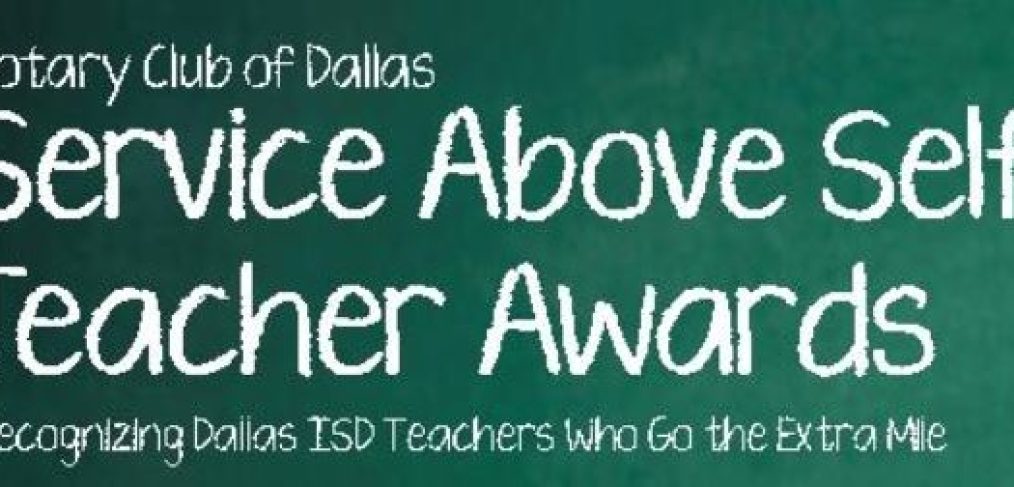
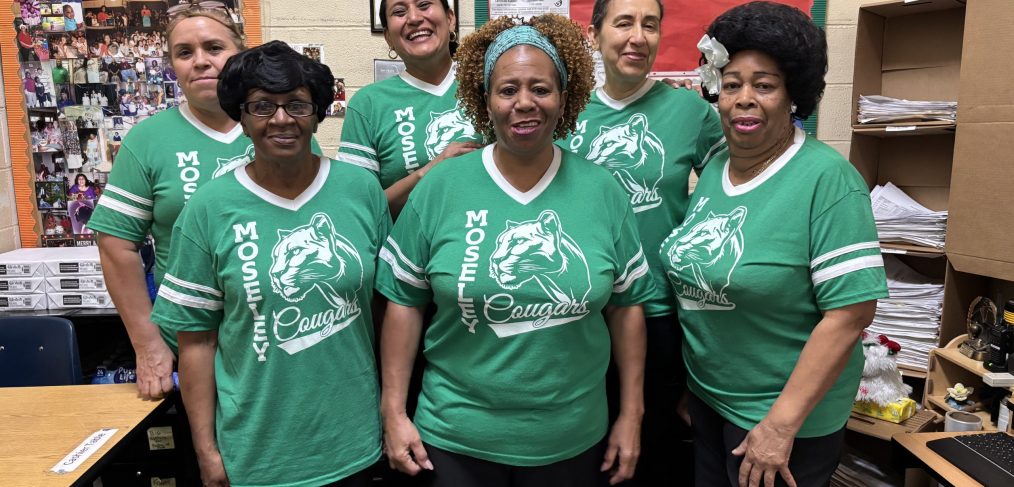
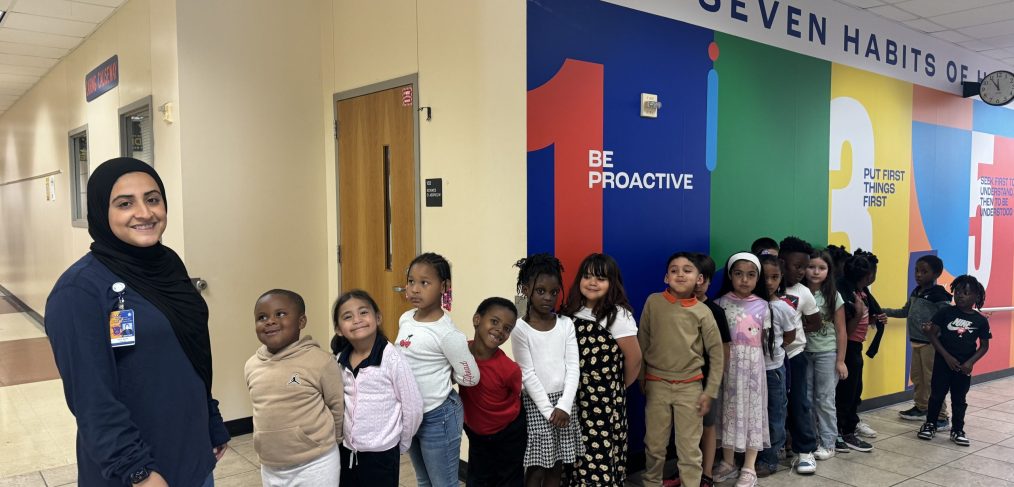



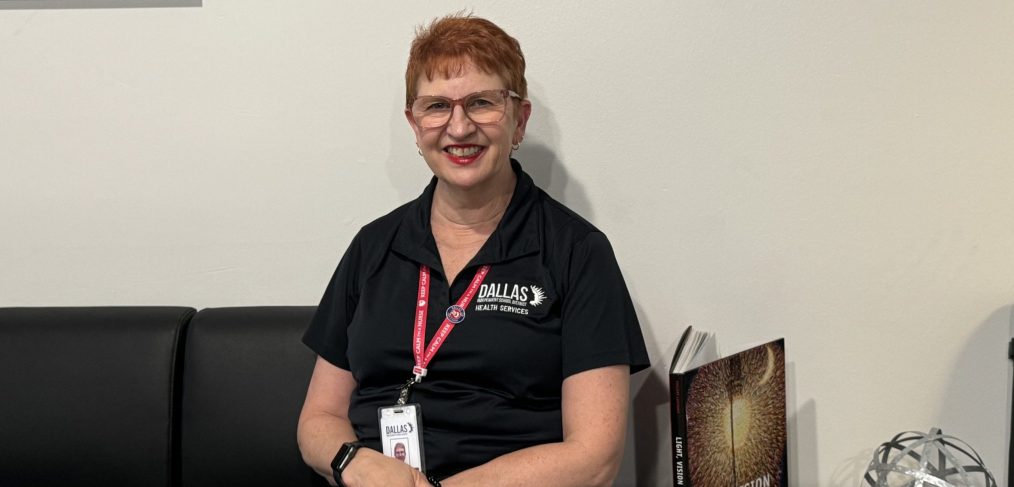
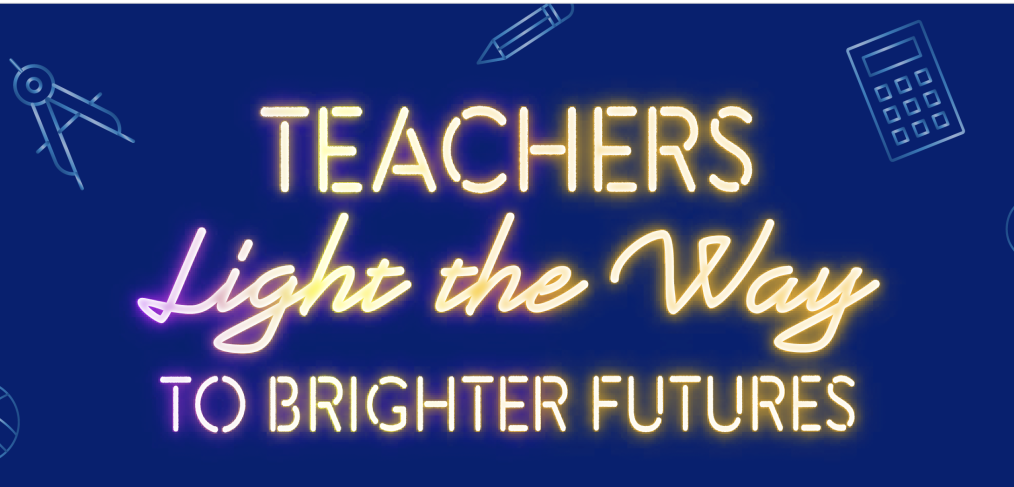
 lot of care to the classroom—teachers can swing by from 5 to 9 a.m. Monday through Friday for a free breakfast entrée. It’s Whataburger’s way of showing a little love for the big impact they make every single day. Whether they’re team Taquito with cheese, Breakfast on a Bun or all about that Honey Butter Chicken Biscuit, educators and school staff can enjoy their choice of a free breakfast entrée by presenting a valid school ID when ordering for dine-in, drive-thru or takeout. This offer is available in-restaurant only—just swing by the counter or drive-thru at participating locations. This offer is not available at Whataburger.com or through the Whataburger App.
lot of care to the classroom—teachers can swing by from 5 to 9 a.m. Monday through Friday for a free breakfast entrée. It’s Whataburger’s way of showing a little love for the big impact they make every single day. Whether they’re team Taquito with cheese, Breakfast on a Bun or all about that Honey Butter Chicken Biscuit, educators and school staff can enjoy their choice of a free breakfast entrée by presenting a valid school ID when ordering for dine-in, drive-thru or takeout. This offer is available in-restaurant only—just swing by the counter or drive-thru at participating locations. This offer is not available at Whataburger.com or through the Whataburger App. 

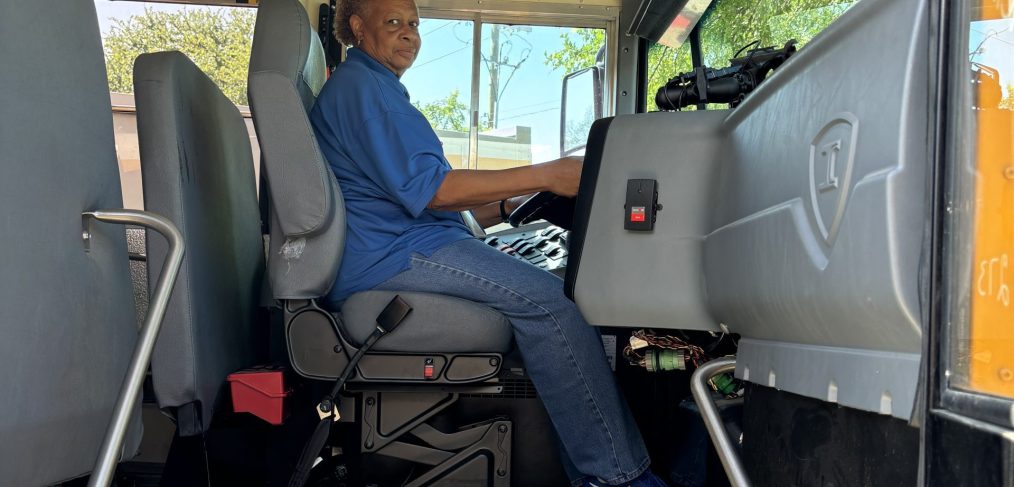
 When Dallas ISD announced that it acquired 17 electric school buses, Ansley Carlos, bus driver for both Solar Prep Schools and Dallas ISD alumna, never imagined she would be driving one. In fact, had you asked her if it were something she would be open to, she would have balked at the thought.
When Dallas ISD announced that it acquired 17 electric school buses, Ansley Carlos, bus driver for both Solar Prep Schools and Dallas ISD alumna, never imagined she would be driving one. In fact, had you asked her if it were something she would be open to, she would have balked at the thought. 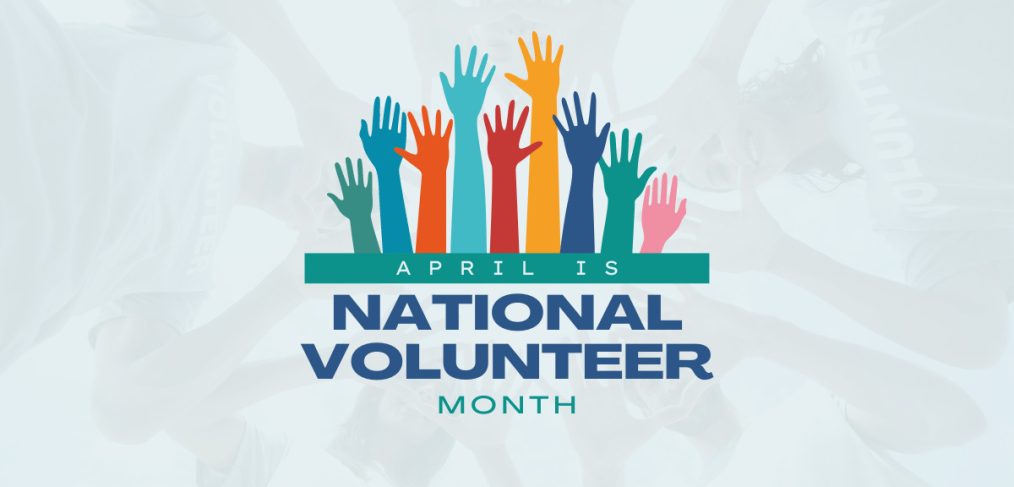
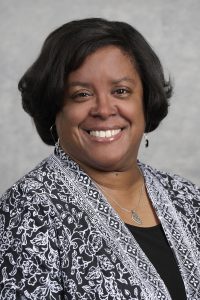 In honor of National Volunteer Month this April, Dallas ISD celebrates another year of successfully building relationships and creating meaningful engagement with the district’s volunteers and partners. And one of the people responsible for building these relationships is Tonya Mayberry-Davis.
In honor of National Volunteer Month this April, Dallas ISD celebrates another year of successfully building relationships and creating meaningful engagement with the district’s volunteers and partners. And one of the people responsible for building these relationships is Tonya Mayberry-Davis.